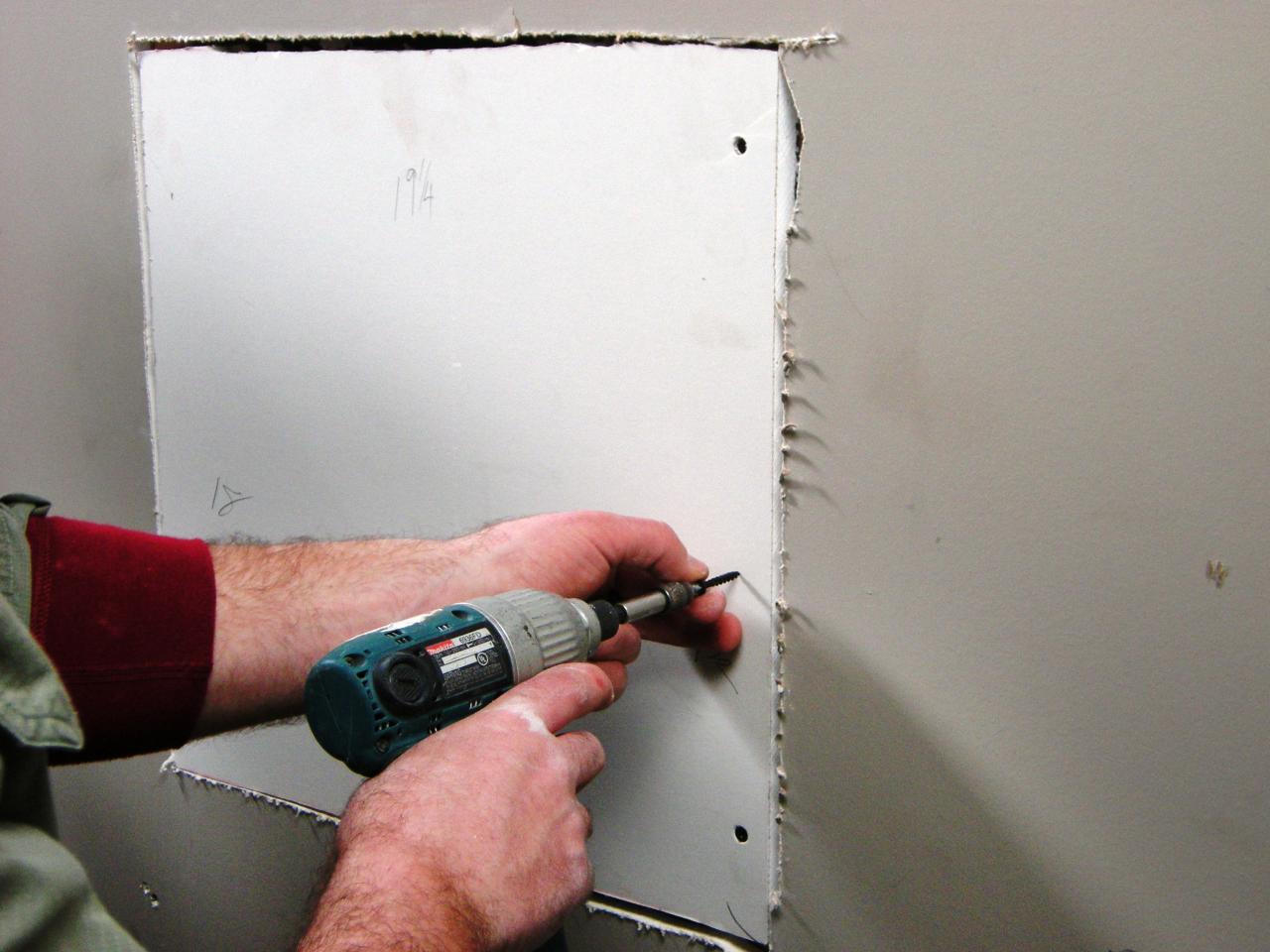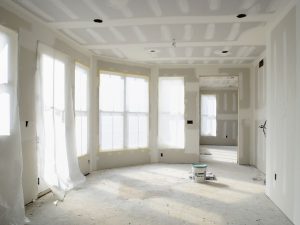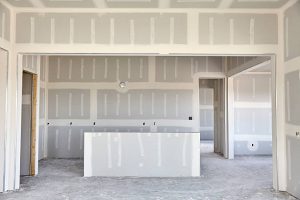Drywall cracks are a common issue faced by homeowners, and they can occur for various reasons, including settling of the house, temperature changes, humidity fluctuations, or accidental impacts. These cracks not only detract from the aesthetic appeal of a room but can also worsen over time if left unaddressed. Understanding the different types of drywall cracks and the appropriate repair methods is essential for maintaining the structural integrity and appearance of your walls and ceilings.
Types of Drywall Cracks
1. Hairline Cracks
Hairline cracks are thin cracks that are typically less than 1/8 inch wide. They are common and often occur as a result of minor shifting in the building or drying of the drywall compound. While they may seem insignificant, hairline cracks can gradually worsen if not repaired promptly.
2. Settlement Cracks
Settlement cracks are caused by the natural settling of a building over time. They are commonly found near doors, windows, or along seams between drywall panels. Settlement cracks may appear as vertical or diagonal lines and can vary in width and severity depending on the extent of the settling.
3. Corner Cracks
Corner cracks occur at the corners of walls or ceilings and are often the result of stress or movement in the building structure. These cracks may radiate from the corner or extend along the seam between adjacent walls. Corner cracks can be particularly challenging to repair due to the angle and depth of the crack.
4. Expansion and Contraction Cracks
Changes in temperature and humidity levels can cause drywall to expand and contract, leading to cracks. These cracks may appear as fine lines or broader fissures and are most common in areas exposed to frequent temperature fluctuations, such as near exterior walls or heating vents.
Repairing Drywall Cracks
Step 1: Assess the Crack
Begin by examining the crack to determine its cause and severity. Use a utility knife to widen the crack slightly, allowing for better penetration of the repair materials. Assessing the crack will help you determine the appropriate repair method and materials needed.
Step 2: Choose the Right Repair Method
Depending on the type and size of the crack, different repair methods may be necessary. For hairline cracks, a simple spackling compound may suffice, while larger cracks may require joint tape and joint compound for reinforcement.
Step 3: Fill the Crack
Apply joint compound or spackling paste into the crack using a putty knife, ensuring it fills the void completely. Smooth the surface with the knife, removing any excess compound. For wider cracks or those at seams, embed drywall joint tape into the wet compound while it’s still tacky to provide additional reinforcement.
Step 4: Sand and Finish
Once the compound has dried, sand the repaired area smooth with fine-grit sandpaper. Feather the edges to blend the repair seamlessly with the surrounding wall. Wipe away any dust and prime the area before painting to ensure uniformity.
Step 5: Monitor for Further Cracks
Keep an eye on the repaired area over time, especially if the crack was caused by structural issues. Address any new cracks promptly to prevent further damage and ensure the long-term stability of the wall or ceiling.
Preventing Future Cracks
Ensure Proper Installation
Proper installation of drywall is essential for preventing cracks. Ensure adequate framing and joint preparation to minimize stress on the drywall panels.
Maintain Consistent Humidity Levels
Fluctuations in humidity levels can cause drywall to expand and contract, leading to cracks. Maintain consistent humidity levels within the home to minimize these effects.
Address Underlying Structural Issues
If cracks persist despite repairs, there may be underlying structural issues that need to be addressed. Consult a professional to identify and address any structural problems contributing to the cracks.
Conclusion
Drywall cracks are a common issue in residential buildings, but with the right knowledge and techniques, they can be effectively repaired. By understanding the different types of cracks and employing the appropriate repair methods, homeowners can restore the integrity and appearance of their walls and ceilings. Additionally, taking steps to prevent future cracks through proper installation, humidity control, and addressing underlying structural issues can help maintain the long-term stability of the drywall. Remember to monitor repaired areas for any signs of recurrence and address them promptly to prevent further damage. With these tips, you can keep your drywall looking its best for years to come.






